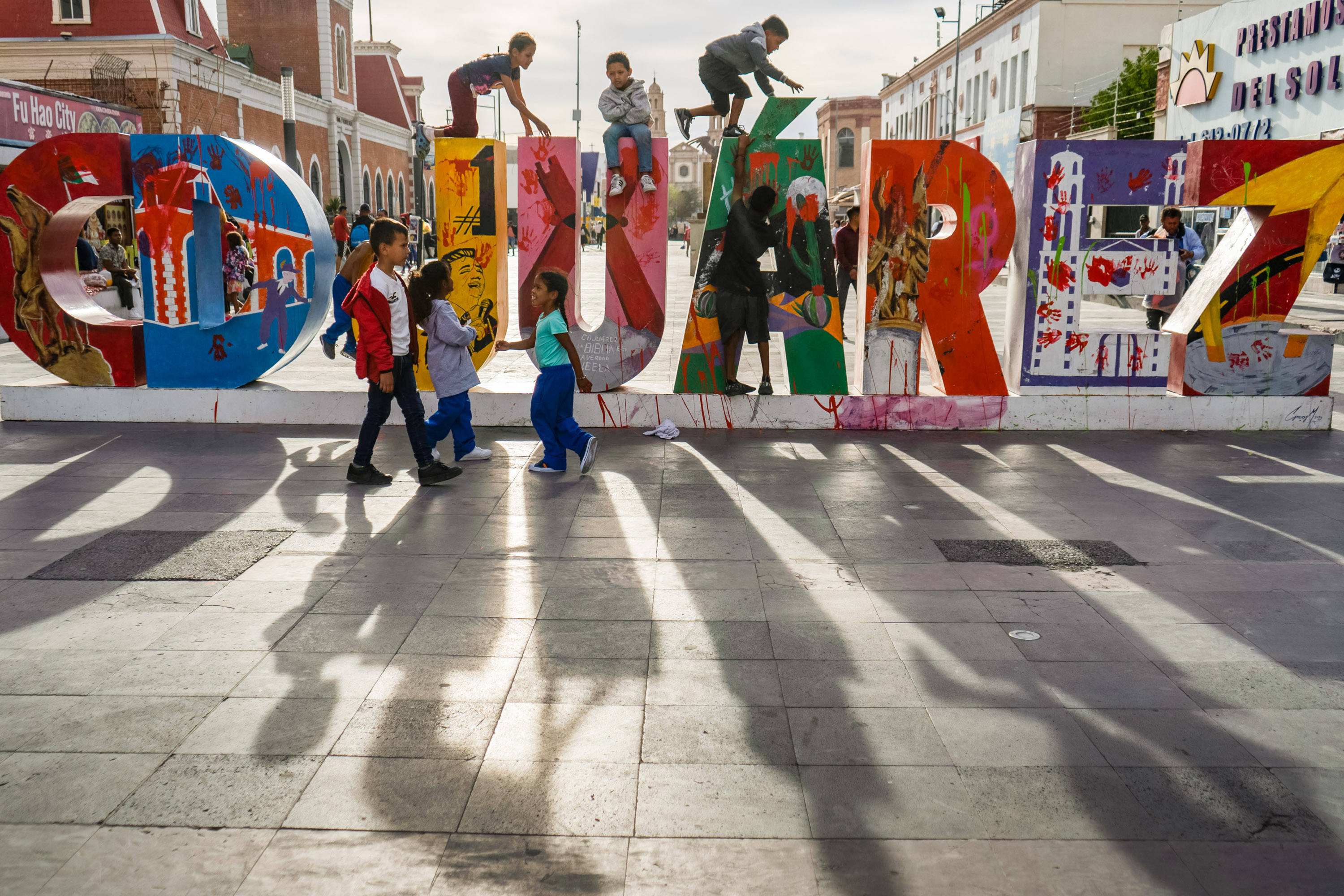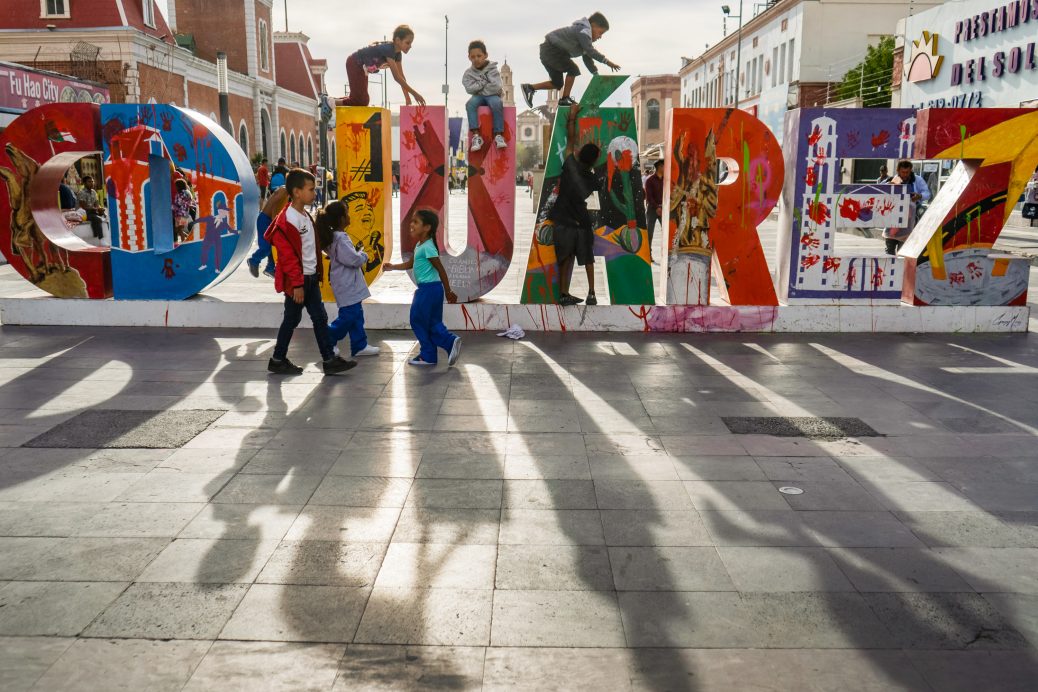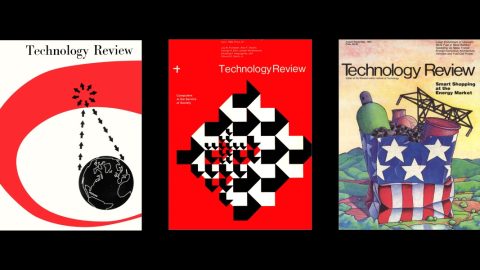Then, in March 2020, the US Centers for Disease Control and Prevention issued an order under Title 42 of the US code of laws, expediting expulsions, halting the processing of asylum claims at ports of entry, and blocking entry for individuals without valid travel documents. After lawyers and activists filed suit in 2021, the government introduced exceptions that allowed people to request permission to enter the US on humanitarian grounds. Those with a physical or mental illness or disability were potentially eligible for an exception, as were those who lacked safe housing or shelter in Mexico, faced threats of harm there, or were under 21, over 70, or pregnant.

ALICIA FERNáNDEZ
The number of people seeking Title 42 exceptions surpassed CBP’s number of daily slots, and the wait lists created by nonprofit organizations grew and proliferated. As of August of last year, there were over 55,000 people on Title 42 exception wait lists across different border cities, according to research by the Strauss Center for International Security and Law. Since January, use of CBP One has eliminated the wait lists. But the backlog—and the protracted waits—have continued. Mexican officials and civil society organizations don’t keep track of the numbers, but there could be around 660,000 migrants in Mexico, according to United Nations figures cited by the acting CBP commissioner, Troy Miller. Shelters regularly reach full capacity, and wait times are proving to be long.
The wait-list framework was far from perfect: it was susceptible to fraud, extortion, and the poor judgment of people managing the lists. Still, it was a more humane policy because it was up to people to decide who was eligible for an exception, says Thiago Almeida, head of the Ciudad Juárez field office for the United Nations’ International Organization for Migration, an intergovernmental organization that works to ensure the orderly and humane management of migration. With the app, there’s no way to prioritize those most in need. “People who have better access to technology, know how to use it, and have access to faster internet have a better chance to get an appointment,” he says.
When I spoke with Strassburger in March, he said CBP was effectively “beta-testing the app on people in vulnerable situations.” In the first few months after the rollout of the appointment system, advocates quickly identified problems that made the app difficult or almost impossible to use.
At first, for example, it was available only in English and Spanish, leaving out migrants who speak Haitian Creole, Indigenous languages, and more. Organizations working with migrants also flagged serious issues with the app’s facial recognition feature, which is used to establish that the software is interacting with a real person and not a bot or malicious software.Many people with darker skin tones found that the app failed to register their faces.
The facial recognition feature began improving with CBP One’s update at the end of February, says Felicia Rangel-Samponaro, director of Sidewalk School, an organization that provides shelter and educational services to migrants and asylum seekers in Tamaulipas. Sidewalk School works with a large population of Haitian migrants and has been calling out the app’s biases against this population from the start. “This whole time, Black people have been left out [of the process],” she says. “That’s crazy!”






Recent Comments